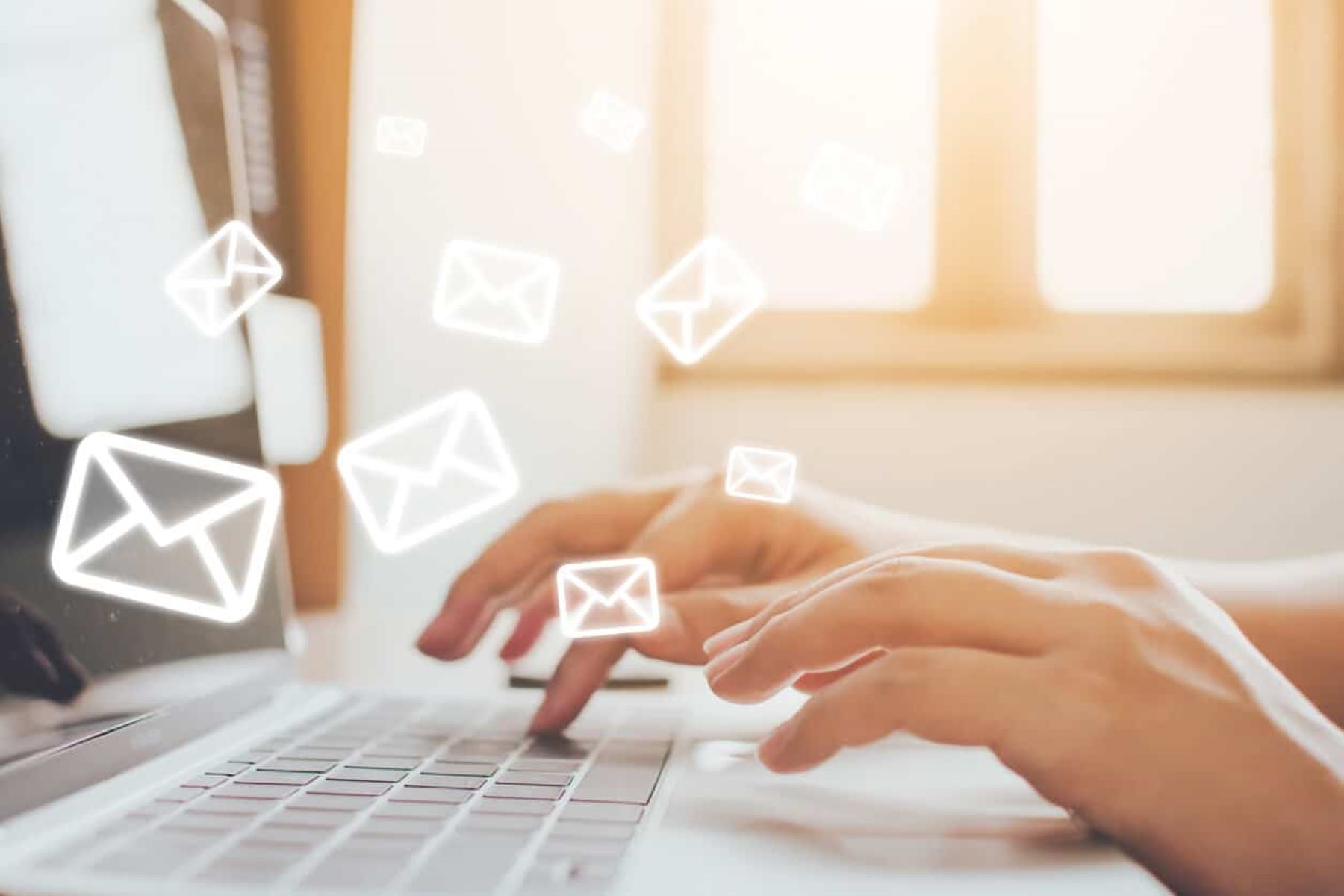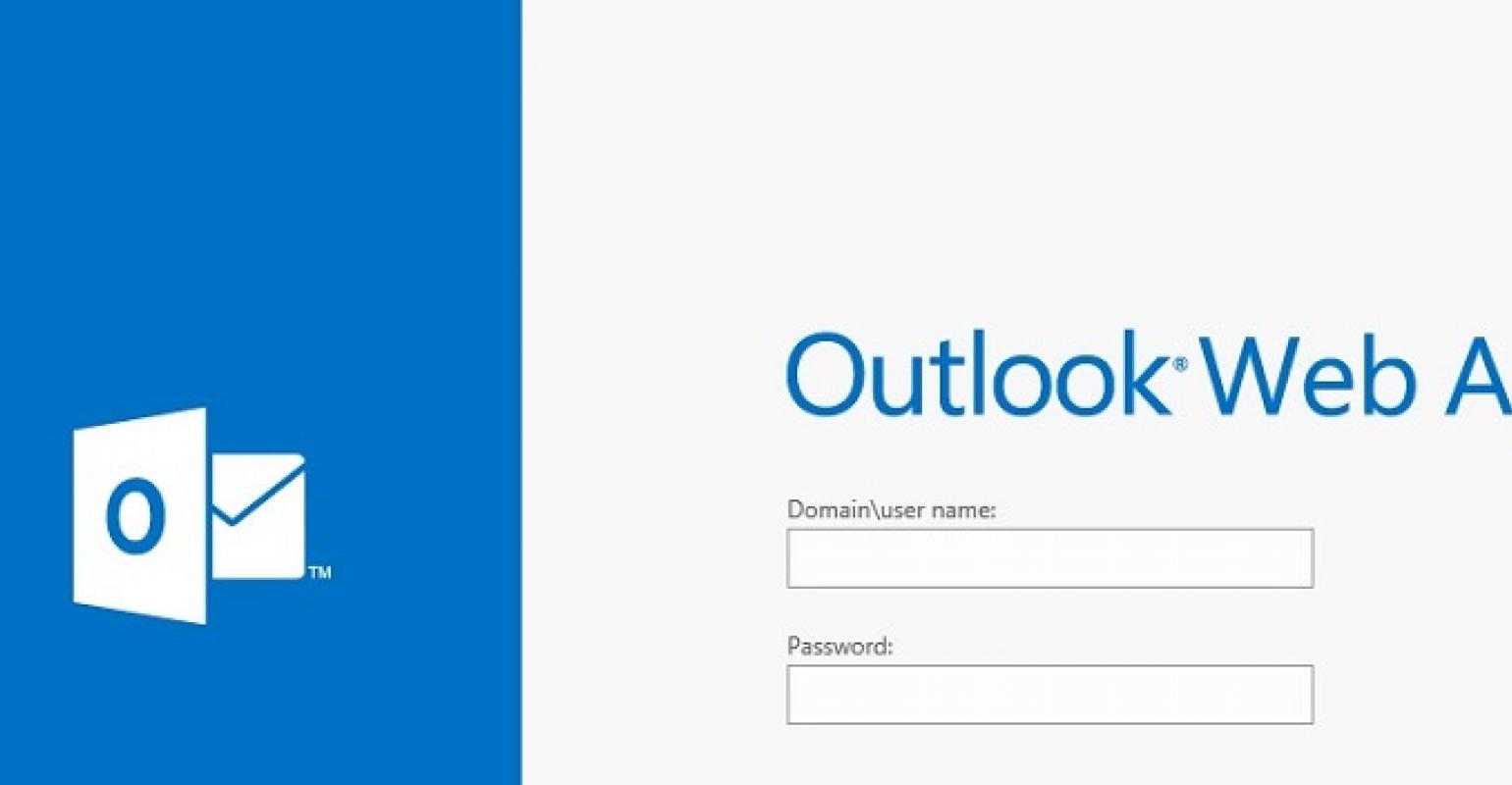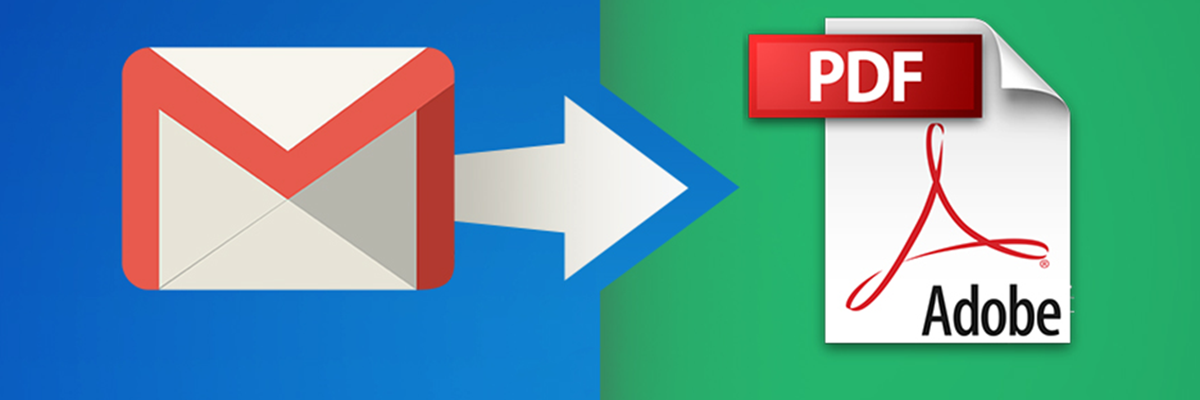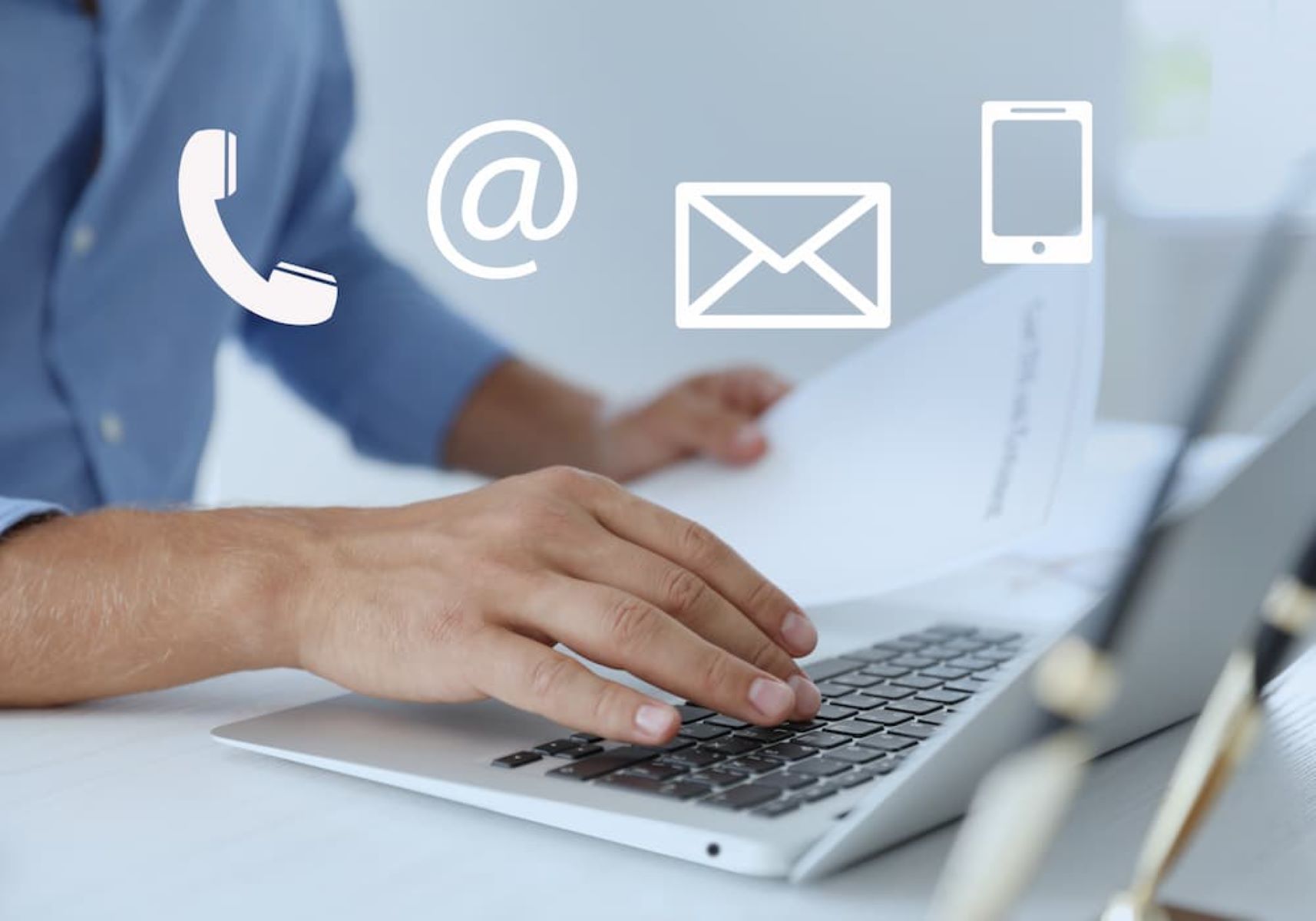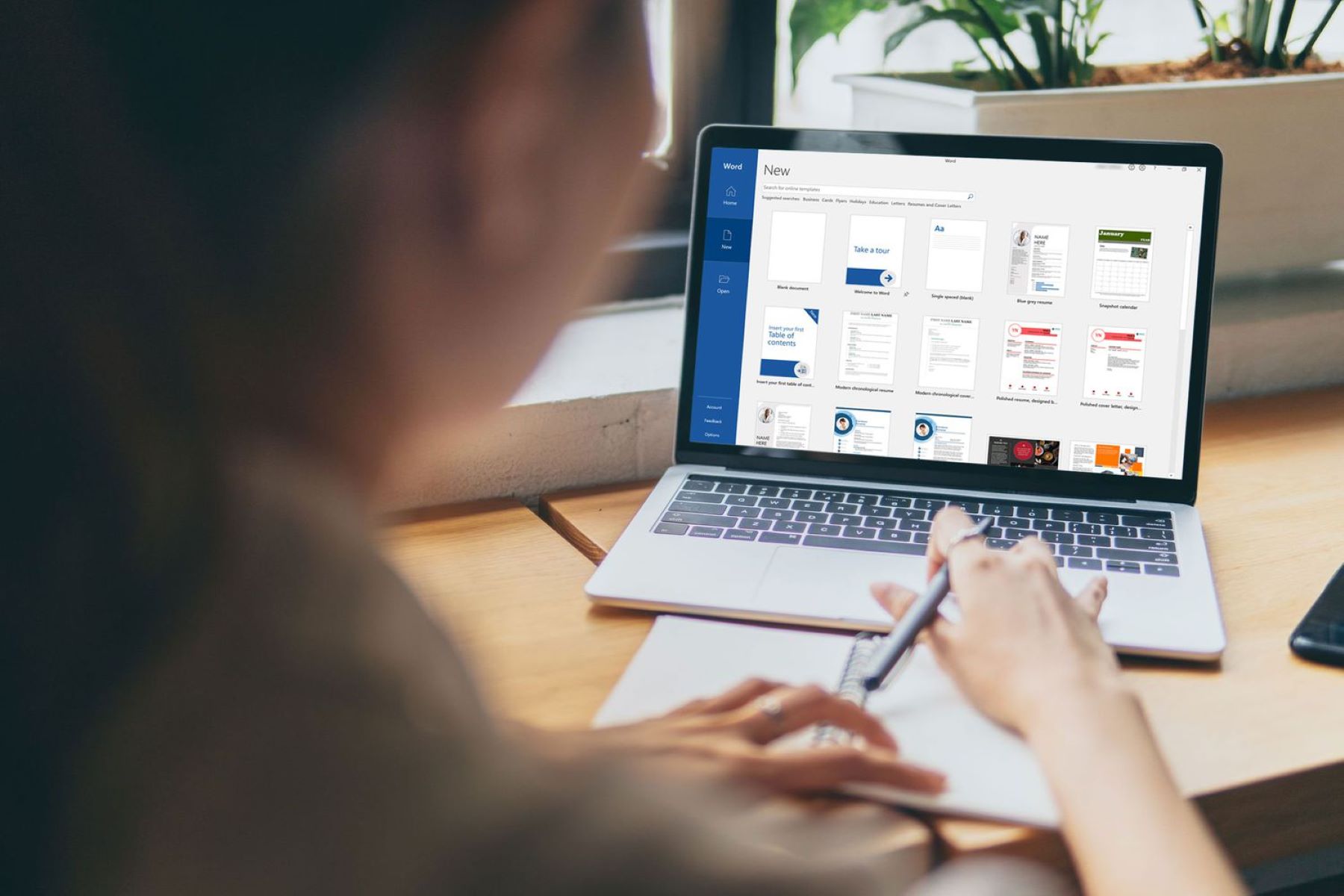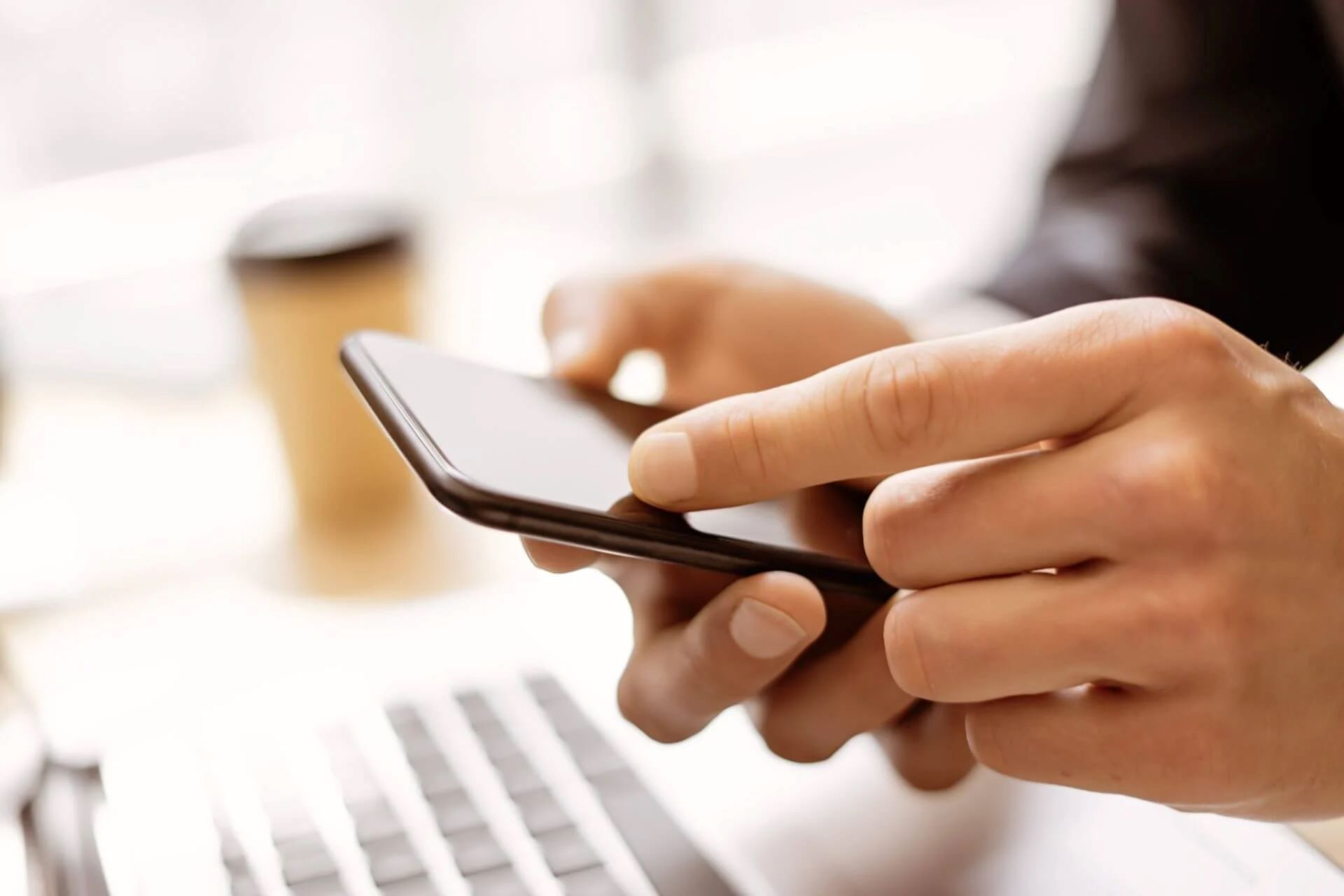Introduction
Welcome to our guide on how to format an email! In today’s digital age, email has become an integral part of our daily communication. Whether you’re sending a professional message to a colleague or a casual note to a friend, it’s important to ensure that your emails are formatted correctly to make a positive and impactful impression.
Proper formatting not only enhances the readability of your email but also reflects your professionalism and attention to detail. In this article, we will provide you with a comprehensive overview of the key elements involved in formatting an email effectively.
From the subject line to the closing and signature, each component plays a crucial role in conveying your message clearly and concisely. By mastering these formatting techniques, you can ensure that your emails are well-structured, organized, and visually appealing.
Whether you’re a professional seeking to enhance your email etiquette or an individual looking to improve your communication skills, this guide will equip you with the necessary tools and techniques to create polished and impactful emails.
So, let’s dive in and explore the various aspects of formatting an email to make your messages stand out in a crowded inbox!
Subject Line
The subject line is the first thing recipients see when they receive your email, so it’s essential to craft a concise and compelling subject that accurately reflects the content of your message. A well-written subject line can grab attention, increase open rates, and set the tone for your email.
When creating a subject line, keep it short and concise, ideally between 5 to 10 words. This ensures that it is easily scannable and doesn’t get cut off in email previews. Be specific and avoid using vague or generic subjects that can be easily overlooked.
To make your subject line more engaging, consider using action verbs or posing a question to pique the reader’s curiosity. For example, instead of a simple “Meeting Reminder,” you could write “Don’t Forget: Important Meeting Tomorrow at 2 PM!” This creates a sense of urgency and captures the recipient’s attention.
Additionally, it’s crucial to align the subject line with the purpose of your email. If you’re sending a formal business email, keep the subject professional and straightforward. On the other hand, if you’re emailing friends or family, you can be more casual and creative with your subject line.
Lastly, avoid using excessive capitalization or excessive punctuation in your subject line. These can make your email appear spammy or unprofessional. Stick to proper grammar, spelling, and punctuation to maintain a polished and credible impression.
An effectively formatted subject line can make a significant difference in whether your email gets opened or goes unnoticed. Take the time to craft a compelling subject line that grabs attention and accurately represents the content of your email.
Salutation
The salutation is the greeting at the beginning of your email and sets the tone for your communication. It’s important to choose an appropriate salutation based on the recipient and the context of your email. A well-crafted salutation shows respect and professionalism.
If you know the person you’re addressing on a first-name basis, it’s generally acceptable to use their first name in the salutation. For example, “Dear John,” or “Hi Sarah,”. This creates a friendly and personal tone, especially in a more casual or informal email.
However, if you’re unsure about the level of familiarity or the email is more formal, it’s best to use a more formal salutation. This can include “Dear Mr./Ms. Last Name,” or “Hello Dr. Smith,”. Using a formal salutation shows respect and professionalism, especially when corresponding with clients, supervisors, or people you’re not acquainted with.
It’s also important to consider cultural norms and customs when selecting a salutation. In some cultures, using the person’s title or surname is more appropriate, while in others, using first names is the norm. Research the cultural norms of the recipient when in doubt.
Furthermore, if you’re addressing a group of people, it’s best to use a more general salutation such as “Dear Team,” or “Hello Everyone,”. This ensures that you are inclusive and avoid singling out individuals unnecessarily. However, if you’re addressing a specific group member within the email, you can then use their name or appropriate title.
Remember to double-check the spelling of the recipient’s name and ensure proper capitalization in the salutation. Attention to detail in your salutation demonstrates your professionalism and consideration.
By using a suitable and thoughtful salutation, you can establish a positive tone from the beginning of your email and create a good impression on the recipient.
Body of the Email
The body of your email is where you convey your main message, provide information, or engage in a conversation. It’s essential to structure the body of your email in a clear and organized manner to ensure effective communication with the recipient.
Start by introducing your main point or purpose in the first paragraph. Be concise and to the point, outlining the purpose of your email and what you hope to achieve or convey. This helps the recipient understand the purpose of your email quickly.
In the following paragraphs, provide the necessary details, supporting information, or context related to your main point. Use clear and concise language, and break up the text into small paragraphs to improve readability.
If your email requires a longer explanation or multiple topics, consider using subheadings or bullet points to break up the content. This makes your email easier to skim and helps the recipient quickly locate the information they need.
Use a polite and professional tone throughout the body of your email. Be mindful of your language choice and avoid using jargon, slang, or offensive language. Remember that the tone of your email sets the tone of the conversation, so maintaining a respectful and professional tone is crucial.
It’s also important to be mindful of the recipient’s time. Keep your email focused and avoid unnecessary tangents or unrelated information. If you have multiple questions or requests, number them or use bullet points to make it easier for the recipient to respond.
Finally, always proofread your email for spelling, grammar, and punctuation errors before hitting the send button. Typos or errors can undermine your professionalism and credibility, so take a few extra moments to ensure the clarity and accuracy of your message.
By formatting the body of your email effectively, you can ensure that your message is clear, concise, and well-received by the recipient.
Font and Text Formatting
The font and text formatting of your email play a crucial role in enhancing its readability and visual appeal. By using appropriate font styles, sizes, and formatting techniques, you can make your email look polished and professional.
When selecting a font for your email, it’s best to stick to widely used and easily readable fonts such as Arial, Times New Roman, or Calibri. These fonts are clean and legible, ensuring that your message is easily understood by the recipient.
Choose an appropriate font size that is neither too small nor too large. A font size between 10 and 12 is generally recommended for body text, ensuring that it is readable on various screen sizes and devices.
Use text formatting techniques to highlight important information or draw attention to specific details. For example, you can use bold text to emphasize key points or headings. Italicize text for titles, book or movie names, or for added emphasis. Underline text sparingly and only for hyperlinks. However, be cautious with excessive use of formatting, as it can make your email appear cluttered.
When it comes to color, it’s best to stick to black or dark gray for the main body text. These colors provide optimal contrast and readability. Reserve the use of other colors for headings, subheadings, or for highlighting specific information.
Avoid using excessive capitalization or all caps, as it can give the impression of shouting or being overly aggressive. Stick to standard sentence case for a professional appearance.
Consistency in font styles and formatting techniques is essential in maintaining a cohesive and professional appearance. Use the same font and formatting throughout your email to create a visually appealing and well-organized message.
By paying attention to font and text formatting, you can enhance the readability and visual appeal of your email, making it more engaging for the recipient.
Paragraphs and Line Breaks
The way you structure your paragraphs and utilize line breaks in your email can greatly impact its readability and clarity. By organizing your content effectively, you can ensure that your message is easy to follow and understand for the recipient.
When composing your email, aim for concise and focused paragraphs. Each paragraph should focus on a single idea or topic to avoid overwhelming the reader with too much information at once. This allows for better comprehension and makes it easier for the recipient to navigate through your email.
One strategy is to utilize the “one idea per paragraph” approach. Begin each paragraph with a topic sentence that clearly presents the main point or idea. Then, provide supporting information or details in the following lines. This logical flow helps the recipient follow your thoughts and makes your email more coherent.
Add line breaks between paragraphs to create visual separation and make your email more scannable. This allows the recipient to easily distinguish between different sections of your email and makes it easier for them to find specific information.
If you have multiple points or topics to discuss in your email, consider using bullet points or numbered lists. This helps to break up text and present information in a more organized and visually appealing way. Bullet points or numbered lists also draw attention to key details, making them more memorable for the reader.
Additionally, avoid writing long blocks of text without any breaks or formatting. Dense paragraphs can be overwhelming and may discourage the recipient from reading through your email. Instead, break up the text into shorter paragraphs or use subheadings to guide the reader through different sections.
Take advantage of formatting options such as bold or italic text to emphasize important details or headings within your paragraphs. However, use these formatting options sparingly to maintain a clean and professional appearance.
By organizing your email into well-structured paragraphs and utilizing line breaks effectively, you can enhance the readability and comprehension of your message, ensuring that your email is clear and engaging for the recipient.
Bulleted or Numbered Lists
Using bulleted or numbered lists in your email can be a powerful formatting technique to present information in a clear and organized manner. These lists help break up text, highlight key points, and make your email more skimmable for the recipient.
When using bulleted lists, each point should be concise and focused, typically consisting of a single sentence or phrase. Start each bullet with a brief, descriptive phrase that captures the main idea. This allows the reader to quickly grasp the key information without having to read through lengthy paragraphs.
Numbered lists, on the other hand, are useful when you want to present information in a specific order or sequence. Numbered lists work well for providing step-by-step instructions, outlining processes, or indicating priority levels. Ensure that the numbering is logical and reflects the intended sequence.
Both bulleted and numbered lists help to organize information and make it visually appealing. However, it’s important to use these formatting options judiciously. Avoid creating excessively long lists, as they can become overwhelming and may lose their effectiveness.
When using lists, consider the following guidelines:
- Keep each point in the list consistent in terms of structure and style.
- Use parallel wording for each point to maintain coherence.
- Avoid overcrowding the list with too many items. If necessary, consider breaking it into sub-lists.
- Indent the list to set it apart from the rest of the text and enhance readability.
By utilizing bulleted and numbered lists effectively, you can present information in a visually appealing and easily digestible format. Lists help the recipient quickly grasp the key points and make your email more organized and engaging.
Attachments and Hyperlinks
Attachments and hyperlinks are essential components of an email that allow you to share additional information, resources, or documents with the recipient. Properly incorporating attachments and hyperlinks into your email ensures that the recipient can access the necessary information easily and efficiently.
Attachments should only be used when necessary, such as when sharing large files, documents, or images that cannot be easily included within the body of the email. When attaching files, make sure they are in a common format (such as PDF, Word, or Excel) and consider compressing them if they are particularly large to avoid causing delivery or download issues.
Ensure that you provide clear instructions or descriptions regarding the content and purpose of the attachments. Include a brief explanation in your email text to help the recipient understand the relevance and importance of the attached files.
Hyperlinks, on the other hand, are useful for linking to external websites, online documents, or resources. When including hyperlinks in your email, be sure to use descriptive anchor text that indicates where the hyperlink will lead. Avoid using generic phrases like “click here” and instead use specific and informative text that reflects the content of the linked page.
If you are adding hyperlinks within the body of your email, it’s a good practice to ensure they open in a new browser tab or window. This allows the recipient to easily return to the email without losing their place within the message. Setting the target=”_blank” attribute in the HTML code accomplishes this.
When including attachments or hyperlinks, always double-check to ensure they are accurate and properly working. Test the attachments by downloading them and check the hyperlinks by clicking on them to verify that they lead to the correct destination.
Furthermore, it’s important to exercise caution when sending or opening attachments or clicking on hyperlinks from unknown or suspicious sources. Be vigilant to avoid potential security risks or malware infections.
By using attachments and hyperlinks appropriately and ensuring their accessibility and functionality, you can provide additional information and resources to the recipients of your email, enhancing the effectiveness and usefulness of your communication.
Closing and Signature
The closing and signature of your email play a vital role in concluding your message and leaving a lasting impression. This section provides closure to your email and reinforces professionalism and courtesy. It also provides the recipient with important contact information and ways to reach you if necessary.
When selecting a closing, keep it polite, respectful, and appropriate to the context of your email. Common closings include “Sincerely,” “Best regards,” or “Thank you.” Choose a closing that aligns with the level of formality and relationship with the recipient.
Following the closing, include your signature. Your email signature should include relevant contact information such as your full name, job title, company name, and direct contact details such as phone number and email address. It is also common to include a link to your website or social media profiles, if applicable.
A professional signature not only provides a convenient way for the recipient to contact you but also adds credibility and legitimacy to your email. Additionally, consider including a brief personal touch in your signature, such as a motivational quote or a professional designation, to make it more unique and memorable.
Format your signature in a visually appealing way by using a smaller font size compared to the body text, and separate it from the rest of the email with a line or two. You can also format your name or job title in a slightly larger or bold font to make it stand out.
It’s important to review and update your email signature regularly to ensure that the information is current and relevant. If you have multiple email addresses or roles, create separate signatures for each to maintain clarity and professionalism.
Remember that the closing and signature are the final elements the recipient will see, so make sure they leave a positive and professional impression. Invest time in creating a well-crafted closing and signature to make your emails more memorable and build strong connections with your recipients.
Proofreading and Sending
Before sending your email, it’s crucial to take the time to proofread and review it for any errors or inconsistencies. Proofreading helps ensure that your message is clear, concise, and free from grammatical or spelling mistakes. Follow these steps to effectively proofread and send your email:
1. Check for spelling and grammar errors: Read through the entire email carefully to identify any spelling or grammar mistakes. Pay attention to common errors like typos, incorrect verb tenses, and punctuation errors. Consider using proofreading tools or asking a colleague to review your email for a fresh perspective.
2. Verify the accuracy of the content: Make sure the information you’re conveying is accurate, up-to-date, and relevant. Double-check facts, figures, dates, and any other details mentioned in the email. Ensure that your email is aligned with the intended message and purpose.
3. Review the tone and clarity: Read your email aloud to ensure the tone is appropriate and the message is clear. Make sure your sentences are well-structured, easy to understand, and convey your intended meaning. Avoid using jargon, acronyms, or overly complex language that might confuse the reader.
4. Confirm the recipient and email addresses: Double-check that you have entered the correct recipient’s email address and confirm the addresses of any additional recipients or CCs. Sending an email to the wrong person can lead to misunderstandings or privacy breaches. It’s also helpful to add a subject line that accurately represents the content of the email.
5. Attachments and hyperlinks: If you have included any attachments or hyperlinks, ensure they are functioning correctly. Test the attachments by downloading them and click on the hyperlinks to verify they lead to the intended webpages or documents.
6. Format and layout: Take a final look at the overall format and layout of your email. Check that paragraphs are well-structured, line breaks are in the right places, and any bullet points or numbered lists are properly formatted. Ensure that the font and text formatting are consistent throughout the email.
Once you have completed these proofreading steps, you can confidently send your email. Be mindful of the timing when sending emails, especially in a professional setting. Consider the receiver’s time zone and schedule, and be aware of any urgent or time-sensitive requests that require immediate attention.
By investing time in proofreading and ensuring the accuracy and clarity of your email, you can demonstrate professionalism and attention to detail. Sending a well-crafted and error-free email leaves a positive impression on the recipient and enhances the effectiveness of your communication.







